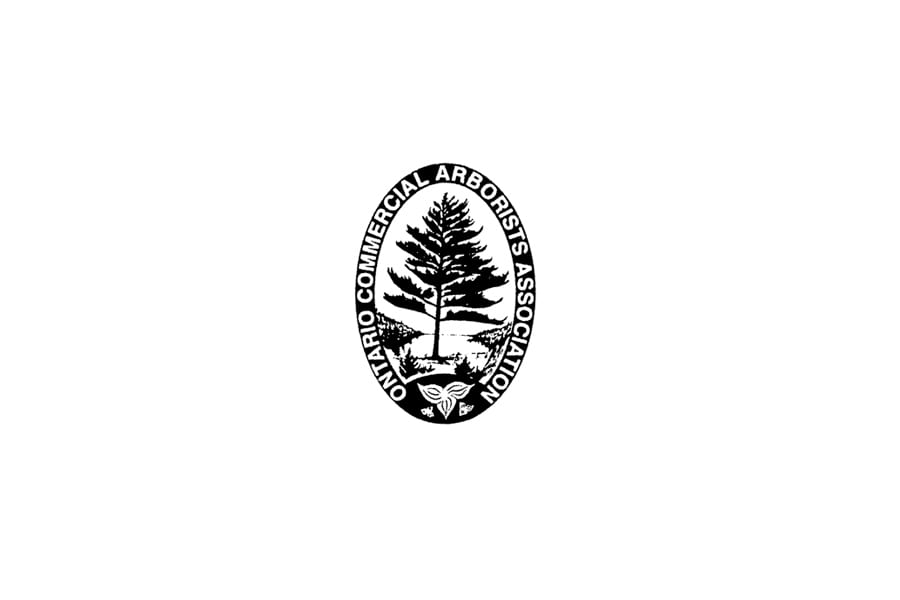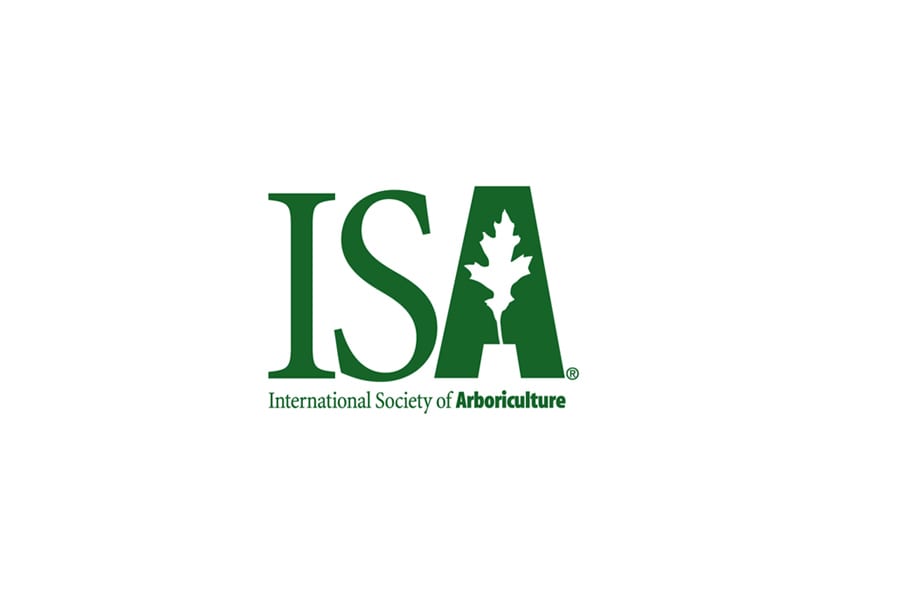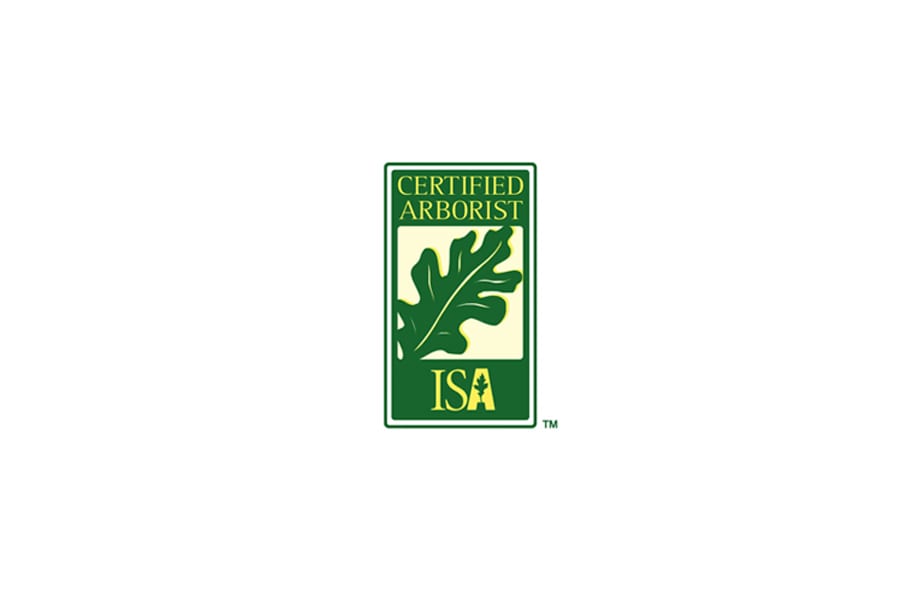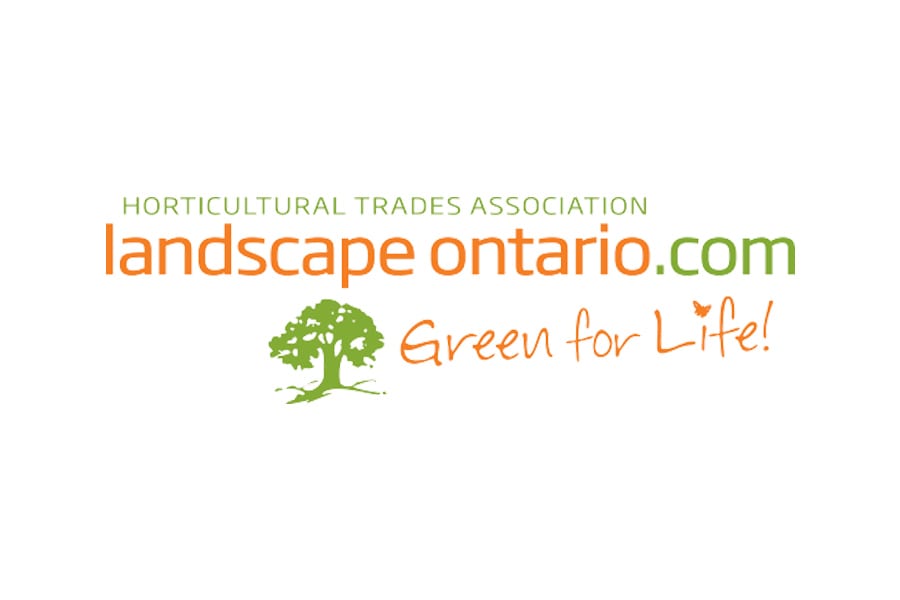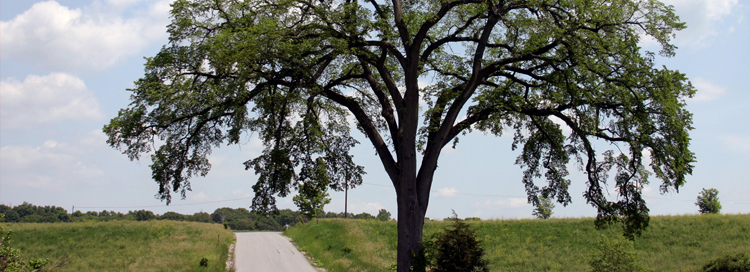
- Apr 5, 2023
- Dreamworks Tree Services
- Tree Removal
- 0 Comments
Dutch Elm Disease: Things You Need to Know About Tree Removal
Trees provide various benefits to our environment, including shade, oxygen, and aesthetic appeal. However, trees are not immune to diseases and pests, which can cause significant damage to them. One of the most devastating diseases affecting trees is Dutch Elm Disease (DED), which has been responsible for the death of millions of elm trees worldwide since its emergence in the early 1900s.
In this blog post, we will discuss everything you need to know about tree removal concerning DED, including the disease’s symptoms, treatments, and extreme control measures.
What is Dutch Elm Disease?
Dutch Elm Disease is a fungal disease caused by a species of fungi called Ophiostoma ulmi. The fungus is carried by bark beetles that feed on the bark of the tree, creating small wounds where they deposit the fungus. The disease spreads when the beetles move from infected trees to healthy ones, carrying the fungus with them. The fungus then clogs the tree’s water-conducting vessels, which leads to wilting, yellowing, and ultimately death of the tree.
What are the Symptoms?
DED symptoms can vary depending on the stage of the disease. Early signs include the yellowing and wilting of leaves on one or more branches of the tree. As the disease progresses, the leaves turn brown, wilt, and fall off, starting at the top of the tree and moving downwards. The bark of the infected branches becomes rough and cracked, and small, black fruiting bodies may appear on the bark.
What To Do If You Suspect the Disease
If you suspect your elm tree is infected with DED, acting fast is important. Call a professional tree removal service in Toronto immediately to evaluate the tree and diagnose the disease. They can provide a treatment plan or advise you on the best action.
Dutch Elm Disease Treatments
Early detection and treatment are the best way to prevent DED from spreading. The following are some of the treatment options available for DED:
- Prune Infected Branches
If the infection is caught early, pruning the diseased branches may save the tree. Pruning should be done in the late fall or early spring when the beetles are inactive. The pruned branches should be removed and burned or chipped.
- Use Fungicides
Injecting fungicides into the tree can help stop the spread of the fungus. The treatment should be done by a certified arborist to ensure proper dosage and application.
- Injecting Pesticides
Applying insecticides to the tree can help control the bark beetle population and prevent them from spreading the fungus. However, this treatment is not always effective, and repeated applications may be necessary.
Extreme Control Measures
In some cases, DED may have progressed too far, and tree removal may be the only option to prevent the spread of the disease. The following are some extreme control measures that may be necessary.
Tree Removal
Removing the infected tree is the most effective way to prevent the spread of DED. The tree should be cut down as soon as possible, as the beetles can move to nearby healthy trees. It is wise to hire a tree removal service to ensure the process is completed safely.
Tree Disposal
The infected tree should be disposed of properly to prevent the spread of the disease. The tree should be burned or chipped and disposed of in a landfill.
Wood Storage
If you must remove an elm tree due to Dutch elm disease or any other reason, it is essential to handle the wood carefully. Elm wood can be used for many purposes, including furniture, flooring, and firewood. However, the wood from diseased elm trees must be stored separately from healthy wood to prevent the further spread of the disease.
Elmwood should be stored in a dry place and kept away from other wood products. If you plan to use elm wood for firewood, burn it entirely and avoid transporting it to other locations. Tree removal services know exactly how to handle diseased wood.
Chipping
Chipping is a good option if you have elm wood that you cannot use or store. Chipping the wood breaks it down into small pieces, making it easier to transport and dispose of. The chips can also be used as mulch or compost.
Stump Treatment
When an elm tree is removed, the stump can still harbour the disease. It is important to treat the stump to prevent the spread of the disease. The best way to do this is to have a professional tree removal service grind the stump below the soil level. This will remove the infected wood and prevent the disease from spreading to other trees in the area.
High-Risk Tree
If you have an elm tree on your property that is healthy but located near a tree infected with Dutch elm disease, it is considered a high-risk tree. High-risk trees should be monitored closely for signs of infection and treated with fungicides to prevent the disease from taking hold. It helps to consult a tree removal service for a thorough inspection.
Hazard Tree
A hazard tree is dead, dying, or structurally unsound and poses a threat to people or property. Dutch elm disease can cause trees to become hazardous as they weaken and become more prone to falling. If you suspect that a tree on your property is a hazard, it is important to have it inspected by a professional tree care service. They can assess the tree’s health and determine the best course of action, including removal.
Call Us for Tree Removal Services in Toronto
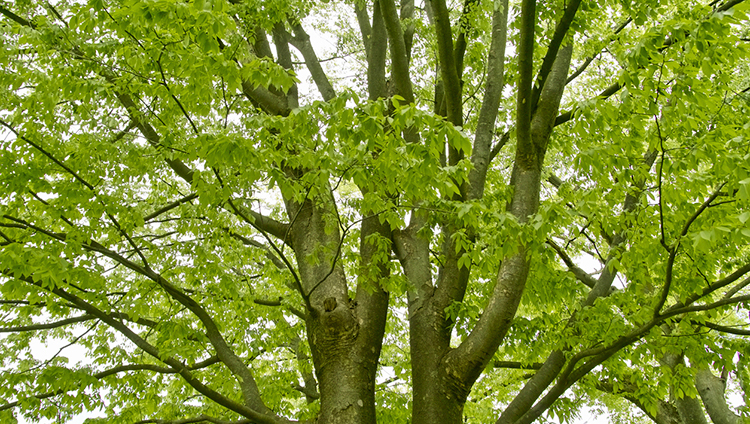
If you suspect your elm tree is infected with Dutch elm disease or need other tree removal services in Toronto, DreamWorks Tree Services is here to help. Our experienced team of professionals can assess your tree’s health and determine the best course of action to prevent the disease from spreading to other trees in the area.
We offer various services, including lot clearing, emergency tree removal, and stump grinding. Don’t let Dutch elm disease destroy your trees. Contact us at 647-924-2627 or fill out our form to ensure the safety and health of your property. We will be happy to provide a free assessment for your tree or yard.
Also Read:







